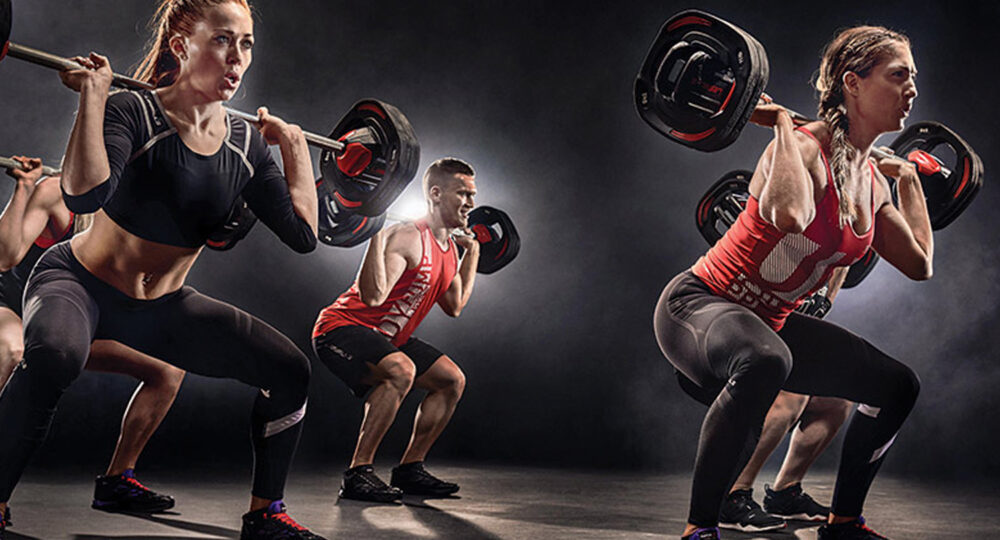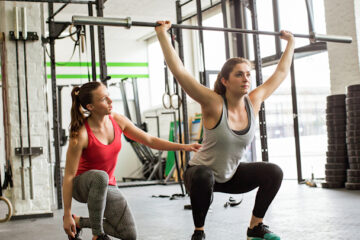
How to Scale and Progress in BODYPUMP: A Beginner’s to Advanced Guide
Starting the Journey with BODYPUMP
Stepping into a bodypump class for the first time can be both exciting and slightly intimidating. The music is energetic, the barbell equipment is neatly set out, and the choreography seems fast-paced. Yet the beauty of BODYPUMP lies in its adaptability. Whether you are a beginner with little experience in strength training or a seasoned fitness enthusiast, the class offers a pathway to continuous improvement.
Progression is a central part of any fitness journey. Without it, the body adapts too quickly and stops responding. This article explores how beginners can safely enter the programme, how intermediates can keep advancing, and how advanced participants can push boundaries while avoiding plateaus.
Why Scaling Matters
Scaling refers to adjusting a workout to match your current fitness level. In BODYPUMP, scaling is achieved through weight selection, range of motion, tempo, and class frequency. Because everyone in the class follows the same choreography, these variables allow individuals to tailor the workout to their abilities.
Proper scaling ensures:
-
Safety: Avoiding excessive load or poor form that leads to injury.
-
Sustainability: Building habits that can be maintained over the long term.
-
Progression: Ensuring the body continues to adapt and improve.
The Beginner’s Roadmap
For those new to BODYPUMP, the first few sessions are about learning the format and mastering the basics.
Weight selection
Start with the lightest available plates or even just the bar. This allows focus on form and movement without overwhelming muscles.
Key tips for beginners
-
Position yourself where you can see the instructor clearly.
-
Listen closely to cues about posture, breathing, and alignment.
-
Expect muscle soreness in the first week. This is normal and subsides with consistency.
-
Limit yourself to one or two classes per week in the beginning to allow recovery.
Early milestones
Beginners often notice improvements in posture, stamina, and confidence within the first month. Even without heavy weights, the high-rep format challenges muscles effectively.
Progressing to the Intermediate Level
After four to six weeks, most beginners are ready to increase intensity. The intermediate phase is about progression and building resilience.
Adding resistance
-
Gradually increase weight by adding small plates each week.
-
Prioritise control and technique over chasing heavier loads.
-
Use mirrors, if available, to monitor alignment.
Increasing frequency
-
Attend two to three classes per week.
-
Space sessions out across the week to prevent overtraining.
Fine-tuning form
-
Focus on depth in squats and lunges for full range of motion.
-
Improve barbell placement during chest and back tracks.
-
Control eccentric (lowering) phases to maximise muscle activation.
Intermediate participants often notice visible muscle tone, improved endurance, and more efficient calorie burn.
Advanced Progression in BODYPUMP
For long-term participants, progress requires deliberate planning. Advanced members already know the choreography, so the challenge shifts to intensity and precision.
Advanced strategies
-
Tempo variation: Experiment with slowing down phases to increase time under tension.
-
Load management: Use heavier plates during tracks that target stronger muscle groups, like squats and deadlifts.
-
Endurance focus: Occasionally use lighter weights but increase range and tempo for cardiovascular challenge.
-
Custom targets: Focus on weak areas, such as core or shoulders, by pushing harder on specific tracks.
Avoiding plateaus
Even advanced members can stall. To break through:
-
Mix BODYPUMP with other training styles such as yoga, Pilates, or HIIT.
-
Periodically reduce load to allow recovery before increasing again.
-
Set performance-based goals, like completing a class with perfect form or mastering tempo changes.
Common Mistakes to Avoid
No matter the level, several common mistakes can slow progress or increase risk.
-
Overloading too soon: Leads to poor form and potential injuries.
-
Neglecting recovery: Muscles need rest to adapt.
-
Skipping warm-up and cool-down: Limits mobility and raises risk of strain.
-
Comparing with others: Each participant is on a unique journey.
Listening to Your Body
Progression should never come at the cost of wellbeing. Warning signs such as persistent joint pain, fatigue, or reduced motivation should prompt a review of training load. Scaling back is not failure, it is part of a smart long-term strategy.
Role of Instructors in Scaling and Progression
Instructors are trained to offer cues for multiple fitness levels. They may suggest lighter weights for beginners, demonstrate advanced options for experienced participants, and check alignment during class. Their role is vital in helping participants scale effectively and progress safely.
The Importance of Community Support
Scaling and progression become easier with encouragement. Many participants thrive when surrounded by peers who share the same challenges and triumphs. The group dynamic pushes individuals to stay consistent while celebrating collective progress.
BODYPUMP in the Singapore Context
In Singapore, where busy work schedules often limit fitness opportunities, BODYPUMP offers a time-efficient solution for progression. At True Fitness Singapore, participants can join regular sessions and benefit from structured guidance in a motivating group environment. The accessibility of classes across different times of day makes it easier to commit to consistent progression, whether you are just starting out or aiming for advanced goals.
Practical Tips for Long-Term Success
-
Track your weights over time to monitor improvements.
-
Rotate barbell placement to prevent discomfort on shoulders and wrists.
-
Stay hydrated before, during, and after class.
-
Pair BODYPUMP with proper nutrition for recovery and energy.
-
Celebrate milestones such as completing a release without modification.
FAQs
Q. How quickly should I increase weights in BODYPUMP?
Ans. Increase gradually, no more than 5–10 percent at a time. Listen to your body and prioritise form over speed of progression.
Q. Can I do BODYPUMP every day?
Ans. Daily classes are not recommended because muscles need time to recover. Two to four sessions per week is ideal for most participants.
Q. What should I do if I feel left behind as a beginner?
Ans. Focus on your own pace and use the lightest weights. Over time, coordination and strength will improve naturally.
Q. How do advanced participants stay challenged?
Ans. By adjusting tempo, increasing weights strategically, and focusing on form perfection. Advanced members also benefit from integrating other training styles.
Q. Is it okay to skip tracks if I am tired?
Ans. Yes. You can rest or perform bodyweight alternatives until you are ready to continue. The priority is safety and consistency.





